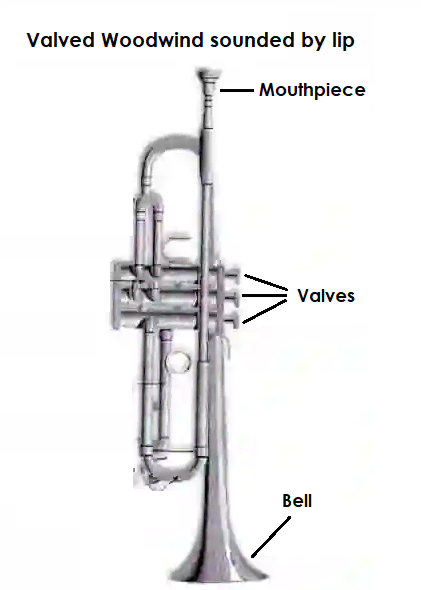Construction and function of the Trumpet - Philipp Dangas
Construction and function of the Trumpet
The tube of the trumpet is cylindrical for most of its length from the mouthpiece and widens conically (funnel-shaped) towards the sound opening. The pear-shaped cup mouthpiece is almost 1 cm deep. The sound opening (lintels) is relatively narrow. The total length of the tube of the modern valve trumpet in Bb . without the valve slides is around 1.45 m and that of the valve trumpet in C around 1.30 m. The trumpet has 3 valves.
The overall mood can be corrected by the main move. Furthermore, each of the 3 valve slides can be pulled out so that the tuning of the individual nature scales can be corrected. It should be noted that a considerable pulling out of the main slide as well as the use of an attachment bow to tune down the instrument, i.e. an extension of the main pipe, requires the valve slides to be pulled out at the same time.
Download size: 784 kilobytes
Table summary of the functional principle of the brass instruments
This table contains the key data on the functional principle of the brass instruments located. These are mouthpieces, tubes, bells and valves, which will be briefly described. In addition, the term overblowing technique is explained.

Internal search function
| Name | Value | Delete |
|---|